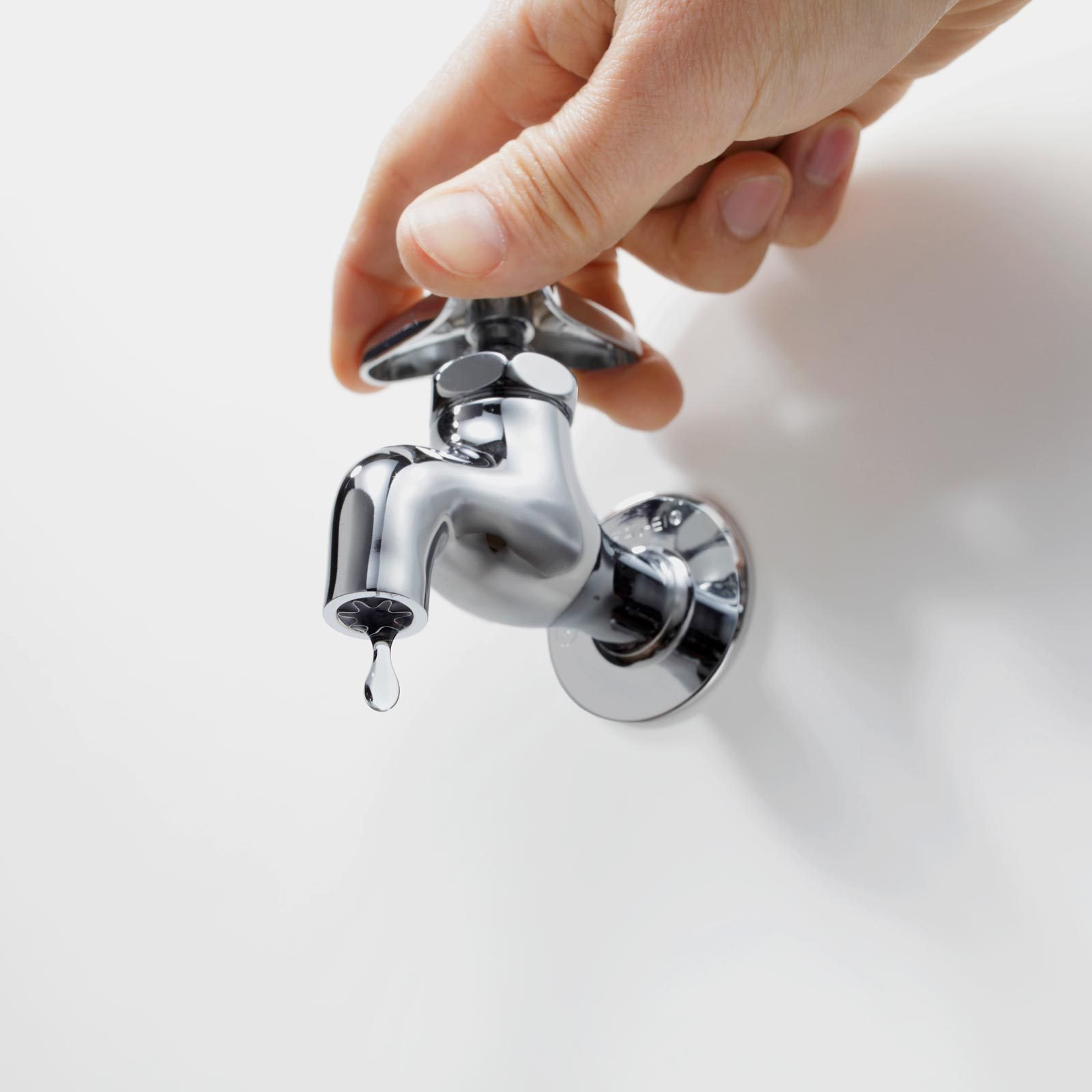A slow faucet drip keeps water flowing to prevent pipes from freezing and bursting. In extreme cold, it may require more than a drip.

Why Does Letting Your Faucet Drip Prevent Pipes from Freezing?

You don’t normally think of the central California coast, where I live, as a place where pipes freeze. But it does happen from time to time, and it usually catches people (like me!) by surprise. Uninsulated irrigation lines are the most vulnerable because they’re exposed to the elements.
The situation in Colorado’s San Luis Valley, where I flipped a small home several years ago, is different. Nighttime temperatures can drop to -30 degrees in the winter. Builders take pains to insulate every foot of a home’s water line. But at those temperatures, even insulated pipes can freeze.
Some helpful neighbors suggested I let at least one faucet in the house drip at night. But is this a good idea? And does it actually work?
Yes, and yes. Read on to learn why.
On This Page
Why Does Letting a Faucet Drip Prevent Pipes from Freezing?
Because moving water is less prone to freezing. That’s why flowing streams generally don’t freeze over in the winter, while lakes and ponds do.
Water is the only known non-metallic substance that expands as it freezes. Frozen water is a problem in your plumbing because it can separate copper, PVC and CPVC pipes at the joints and even rupture them altogether. PEX is flexible enough to resist bursting, which is why it’s gradually becoming the default material for residential water pipes.
Water pipes are always full, which is why you get instant water whenever you turn on a faucet. When all the faucets are closed and the water doesn’t move, it stagnates. And stagnant water is more likely to freeze than running water.
Dripping a faucet allows the water to flow just enough to prevent it from stagnating in your pipes. If any water does freeze, the open faucet gives it somewhere to go when it thaws, relieving pressure on the rest of the system.
Does Letting a Faucet Drip Prevent Pipes From Freezing?
Usually, but not always. Your chances of success in places like coastal California, where the temperature hardly ever drops below 25 degrees, are almost guaranteed.
During a frigid winter night in Colorado or Minnesota, however, a small drip may not do the trick. If it’s really cold, it may take a steady stream the width of a pencil to maintain enough flow to prevent freezing. That’s obviously wasteful, and there are better ways to protect your pipes.
First of all, water pipes in extreme climates should be indoors or underground where they can benefit from the ambient warmth. When pipes are buried they should be six inches below the frost line, which varies from region to region, and at least 12 inches below the surface according to the building code. Indoor pipes running along an exterior wall should be wrapped with pipe insulation.
Exposed pipes should be protected with heat cable because pipe insulation by itself won’t prevent freezing, However, if pipe insulation is all you have and temperatures aren’t too extreme, letting the faucet drip can definitely help.
How Much Water Should Drip To Keep Pipes from Freezing?
It doesn’t take much. One drip every few seconds is usually sufficient. If you get your water from a municipal system, a small drip like that shouldn’t cost any more than a few cents per night. But it’s still wasteful, so you might want to catch the water in a bucket so you can use it later.
It’s important to remember to let the cold water drip, not the hot water. The cold water line is the one most in danger of freezing.
The best way to protect all the pipes in the system is to drip the faucet farthest away from the water source. If you’re trying to protect pipes that run through the attic, basement or some other unprotected area, it doesn’t hurt to drip the faucet closest to those pipes as well. If you have a basement sink, dripping that one should take care of the whole house.
Anyone with outdoor water pipes should drain them before winter starts and leave them empty until spring. If you have outdoor spigots on the side of the house and can’t drain them because they’re connected to the main water supply, replace them with frost-free spigots. These have long tubes that reach inside the house to connect to pipes sheltered from the cold, and they drain automatically.



















